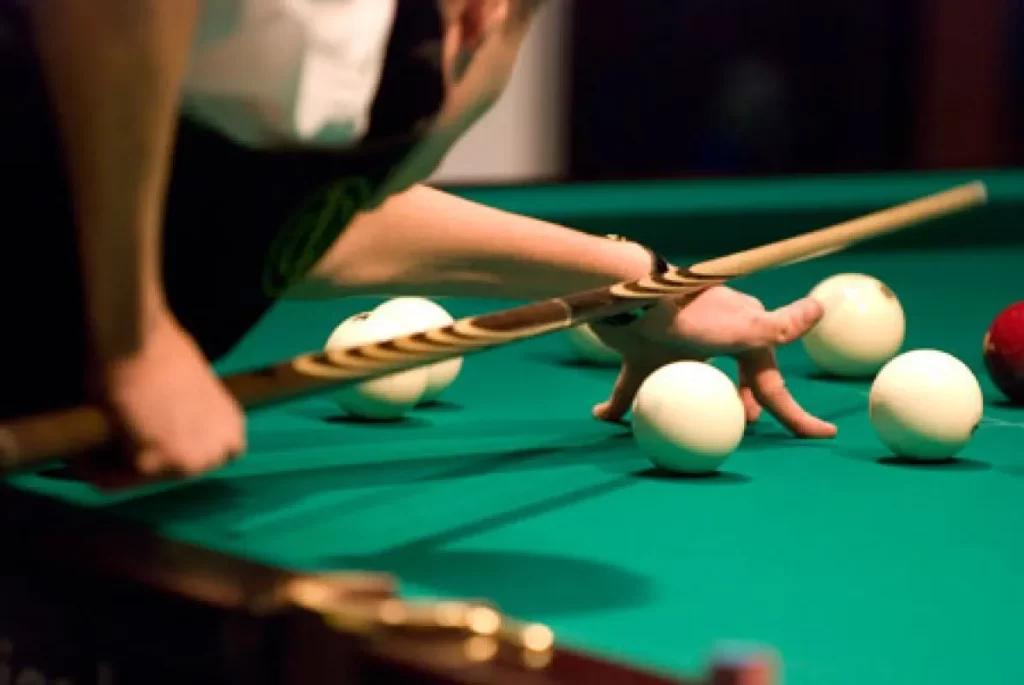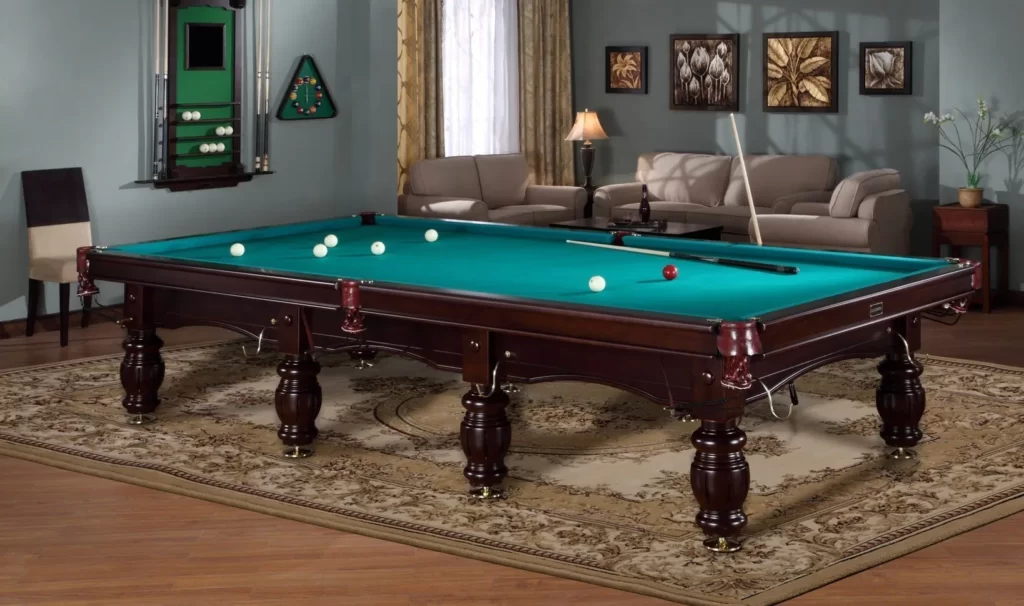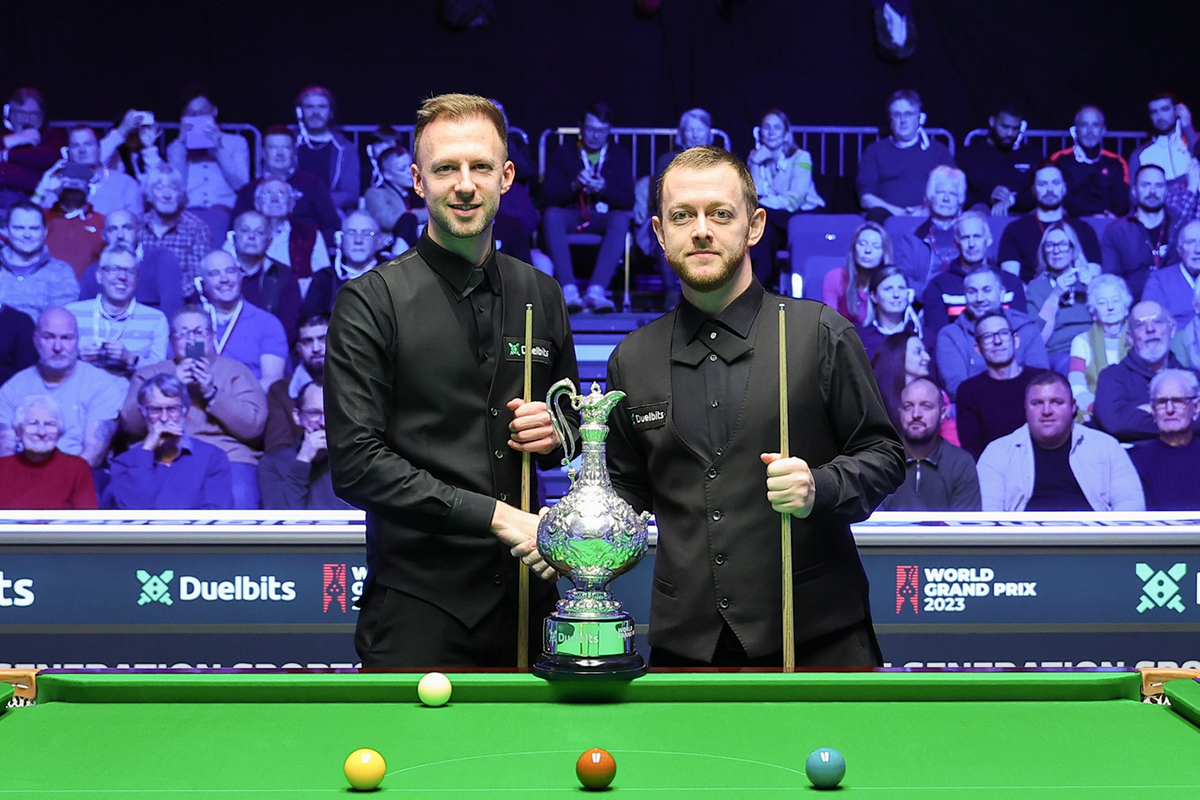Russian billiards can unite people of different generations and characters. This game combines excitement, concentration, strategy and true skill. It’s not just about putting balls in holes, it’s about feeling every shot, understanding the laws of physics and even anticipating your opponent’s actions. The discipline is astonishingly deep, requiring complete dedication and understanding of the smallest details. Unlike other variants, Russian delights with its complexity and special atmosphere.
History of Russian billiards: from royal courts to modern tournaments
The history goes back to the 17th century, when the game appeared in the royal palaces and quickly gained popularity among the nobility. Over time, the rules of the game evolved to make it more accessible and interesting for all walks of life. In the 19th century the discipline became an integral part of cultural life, billiard clubs appeared, where both professionals and amateurs gathered. The evolution of rules was aimed at increasing accuracy and complication of tasks, which made the process a real challenge even for experienced players.

Rules of Russian billiards: strict system and unique features
Special attention is paid to details and rules. Unlike pool or snooker, the holes here are much smaller, which adds to the complexity. Firstly, you need to place the balls in a pyramid shape, and then you need to split them. The rules require precision: it is necessary not just to hit the ball, but to choose the right trajectory of impact, so that they roll in the most favourable way. Strikes must be clear and confident, as the slightest mistake can allow the opponent to take the initiative.
Victory conditions
The goal is to score a certain number of balls, usually eight, to emerge victorious. A few key points:
- Plan each shot in advance: It is important to understand how each shot will affect the position of all balls on the table. Take into account the possible moves of your opponent.
- Develop a strategy for several moves ahead: Russian billiards requires precise planning. Each shot must be part of an overall strategy that allows you not only to score the ball, but also to put your opponent in an uncomfortable position.
- Control the force of the shot: The use of force must be precise. Hits that are too strong can knock balls out of convenient positions, while hits that are too weak may miss the target.
Using the right technique and strategy, you can not only score points, but also effectively limit your opponent’s opportunities, making his next attempt more difficult.
Features of Russian billiards: what makes it unique?
 What is the difference between Russian billiards and American pool? At first glance, they may seem similar: both require a cue, table and balls. However, the differences are vast:
What is the difference between Russian billiards and American pool? At first glance, they may seem similar: both require a cue, table and balls. However, the differences are vast:
- Table size: The table for Russian billiards is much larger than for pool, which makes the game more complex and requires more accuracy and control from the player.
- Size of pockets: In Russian billiards pockets are much narrower, almost coinciding in diameter with the balls, which requires the most accurate strokes. In pool the holes are wider, which makes it easier to hit.
- Rules of the game: The rules of pool are simpler and emphasise speed and dynamics, while the Russian version is a slow, strategic game in which each step is carefully considered.
- Diameter of balls: Balls in Russian billiards are almost the same diameter as the holes, which makes it much more difficult to hit. In pool the balls are smaller relative to the holes, which gives more room for manoeuvre.
- Style of play: In pool the emphasis is on quick decisions and bright combinations, and Russian billiards requires concentration, attention to detail and long analysis of the situation on the table.
Technique of Russian billiards: basics of mastery
Mastering the technique requires attention to the smallest details. You should start with the correct stance: your feet should be shoulder-width apart and your body slightly tilted forwards. The cue should be held confidently, but without excessive tension. It is important to learn to feel the cue and understand how the force of the blow affects the trajectory of the ball. It is better to start real training with staged strokes, gradually moving on to more complex combinations.
Basic beginner’s mistakes
Beginners often make the mistake of trying to hit the ball too hard or calculating the angle of attack incorrectly. It is important to remember that the main thing is not strength, but accuracy and calculation. Mistakes can be caused by excessive haste or lack of concentration. To avoid them, you should pay more attention to accuracy training, learn to hold the cue at the right angle and always analyse the results of your strokes.
Russian billiards for beginners: tips for a confident start
For those just starting out, it’s important to understand the basics and choose the right equipment. Follow this step-by-step guide:

- Buy a quality cue: Choose a cue that fits comfortably in your hand, with a suitable length and weight. The cue should be made of a durable material such as ash or maple.
- Prepare the necessary equipment: In addition to the cue, you will need chalk for the tip and a glove for better grip. A rubber mat for a stable stand is also recommended.
- Learn the correct stance: Feet should be shoulder width apart, with one foot slightly in front for better balance. The body is slightly tilted and the elbow of the leading arm is pointing downwards to ensure proper kicking technique.
- Practice staged strokes: Start with simple strokes to get used to the weight of the cue and practise accuracy. Gradually increase in difficulty by adding combinations.
- Understand the strategy of the game: Learn how to control the position of the balls after hitting. Practice not only the power, but also the direction of your shots so that the balls roll where you want them to.
- Analyse mistakes: After each practice session, draw conclusions about what went well and what needs improvement. Listen to the advice of experienced players and don’t hesitate to ask.
The advice of experienced players says: don’t try to win right away – rather learn to enjoy the process, then the victories will not be long in coming.
Conclusion
 Russian billiards is a game that combines skill, patience and intuition. Every shot here is a challenge, every game is an opportunity to test your strength and enjoy the unique atmosphere. Try your hand at it and you’ll realise why this game has remained popular for centuries.
Russian billiards is a game that combines skill, patience and intuition. Every shot here is a challenge, every game is an opportunity to test your strength and enjoy the unique atmosphere. Try your hand at it and you’ll realise why this game has remained popular for centuries.
 en
en  ru
ru  de
de  ar
ar  es
es  nl
nl  hi
hi  fr
fr  it
it  pt
pt  el
el 


